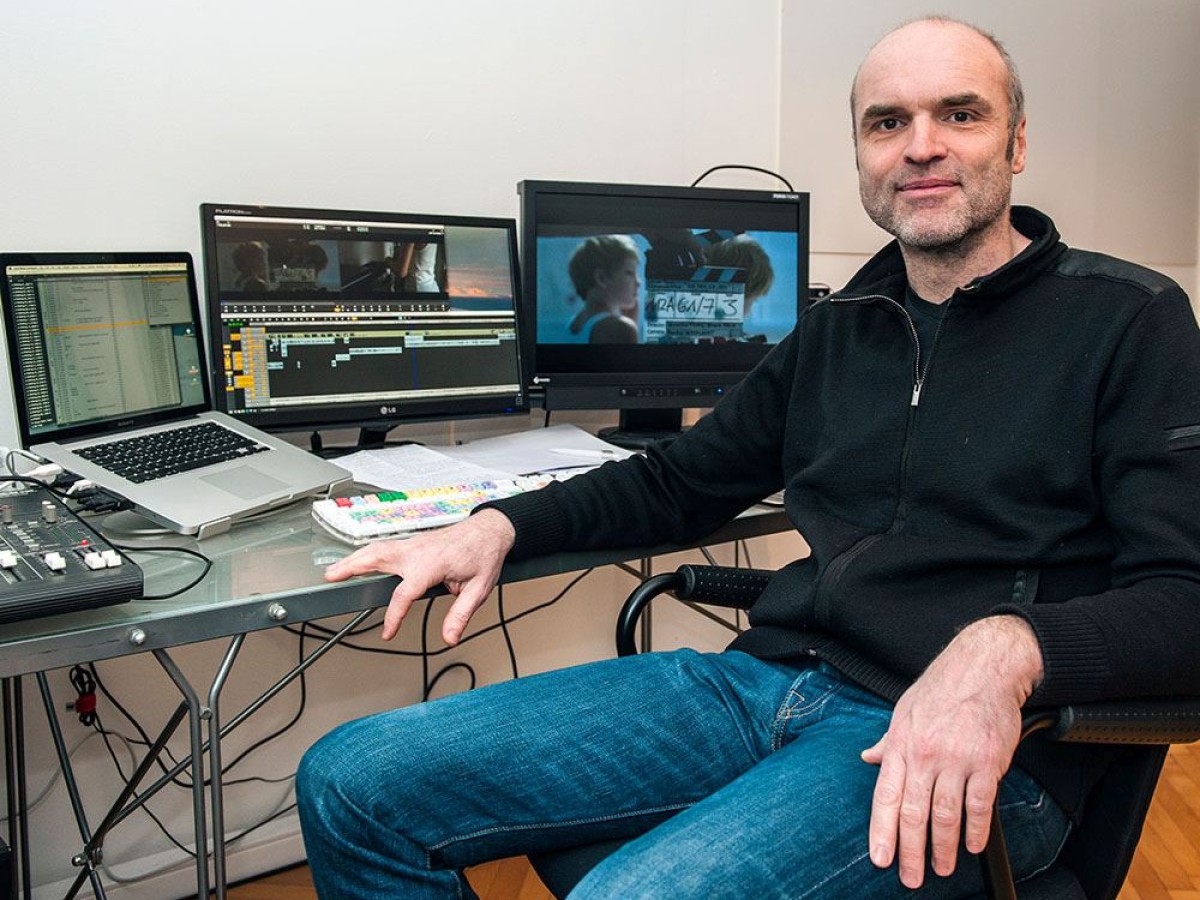"Cinema Futures" (2016)
A new film by Michael Palm
To commemorate its 50th anniversary and to discuss what lies ahead for the medium of film, in 2014 the Austrian Film Museum has initiated a new feature-length work for the cinema. Austrian writer and filmmaker Michael Palm, celebrated for his outstanding essay film Low Definition Control (2011), took up the challenge. Cinema Futures is being shot at a variety of international locations – engaging in multifaceted ways with the potential future of film in the digital era.
Cinema Futures is a documentary film about the present and future of film and the cinema in the digital era. In individual episodes and cinematic aphorisms, future scenarios, cultural fears and promising utopias are sketched out, accompanying the epochal transition from an approximately 120-year history of analog photochemical celluloid strips to the immaterial and radically evanescent age of digital picture data streams. The focus is on a love of the cinema, albeit devoid of nostalgia. What is at stake is the specific cultural technique and experience of analog film, the preservation of audiovisual heritage in film and television archives, the storing, restoration and conservation of moving pictures on film and magnetic tapes, and the promises of salvation made by the pseudo-eternity of bits and bytes.
Cinema Futures oscillates between a technocratic belief in progress and apocalyptic visions of the total erasure of our audiovisual memory: On one hand, there is the concept of the digital as a way to overcome the ephemeral - in other words ensuring democratic access to our audiovisual heritage. On the other hand, the vision of our present as a future "dark age" looms, of which not much will be preserved, as film as a physical object and cinema as a techno-social infrastructure become obsolete and digital data becomes unreadable. What will become of the images and memories of our times and of days gone by when they no longer have an analog, physical presence? In light of the acute mutations in the way film is produced and received overall, nobody can precisely predict what the future will hold. Filmmakers, film and television archives are just now tackling this debate. And archival collections are just beginning to be digitized and stored on giganticserver systems. How long will the data remain readable and accessible in this digital Noah's Ark? What do we gain, and what do we lose?


